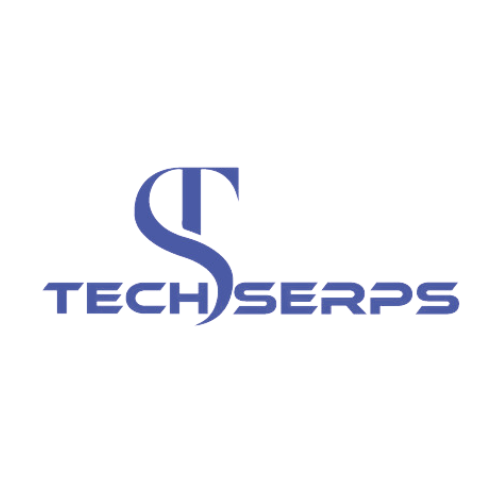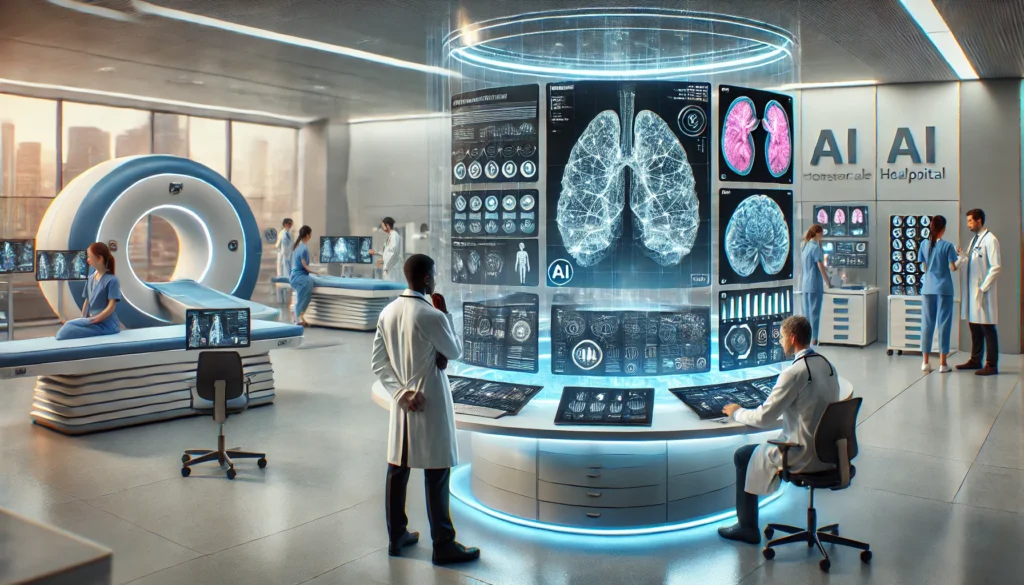Introduction
Artificial Intelligence (AI) is revolutionizing the world of healthcare. In particular, AI in disease detection and diagnosis is emerging as a powerful tool, offering unprecedented accuracy, speed, and efficiency. As healthcare continues to evolve, AI is seamlessly blending technology and medicine, providing doctors and clinicians with advanced tools to detect diseases at earlier stages and improve patient outcomes.
Importance of Early Disease Detection and Accurate Diagnosis
Early disease detection plays a critical role in saving lives. By diagnosing conditions at an early stage, medical professionals can intervene earlier, which often results in better treatment outcomes. Traditional diagnostic methods, however, can sometimes miss subtle symptoms or be subject to human error. This is where AI in disease detection and diagnosis steps in to improve the accuracy and reliability of healthcare delivery.
Purpose of the Article
This article aims to explore how AI in disease detection and diagnosis is shaping a new era in medicine. From revolutionizing medical imaging to enabling predictive analytics, AI is fundamentally transforming the way healthcare professionals approach diagnosis and treatment.
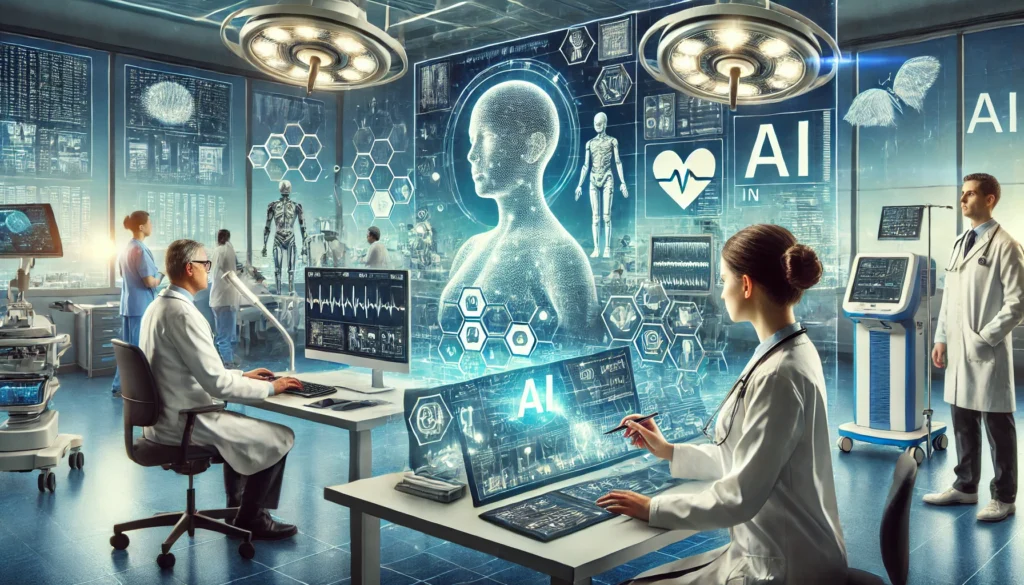
The Rise of AI in Healthcare
Evolution of AI in Medicine
The journey of AI in disease detection and diagnosis began with simple computational models, but today, we are witnessing AI-driven tools that assist in diagnosing and predicting a range of diseases. Over the years, AI has evolved from early diagnostic models to advanced deep learning algorithms capable of interpreting complex data in a fraction of the time it would take human doctors.
Types of AI Technologies Used in Disease Detection
Several cutting-edge AI technologies contribute to enhancing disease detection and diagnosis:
- Machine Learning (ML): AI systems use ML algorithms to analyze large datasets, allowing them to identify patterns and make predictions, such as diagnosing diseases from medical images.
- Deep Learning (DL): A subset of ML, deep learning is used in complex tasks like detecting cancer in imaging scans or predicting the onset of diseases based on genetic data.
- Natural Language Processing (NLP): NLP helps AI systems interpret medical texts, such as clinical notes and patient histories, aiding in diagnosis and decision-making.
The Role of Big Data and AI
Big data plays a pivotal role in AI in disease detection and diagnosis. By harnessing vast amounts of healthcare data, such as Electronic Health Records (EHR) and medical imaging, AI systems can make more informed decisions. This integration enhances predictive accuracy, enabling doctors to personalize treatment plans and detect conditions earlier.
Key Applications of AI in Disease Detection
AI in Medical Imaging
One of the most prominent applications of AI in disease detection and diagnosis is medical imaging. AI algorithms are used to analyze X-rays, MRIs, CT scans, and other imaging methods, making it possible to detect abnormalities like cancer, heart disease, and neurological conditions at an early stage. In many cases, AI can identify potential issues even before symptoms appear, enabling quicker intervention.
AI in Genetic and Molecular Diagnostics
AI also plays a significant role in genetic and molecular diagnostics. By analyzing genetic data, AI can identify hereditary diseases and predict the likelihood of conditions like certain types of cancer. AI in disease detection and diagnosis is also paving the way for personalized medicine, tailoring treatments based on an individual’s unique genetic makeup.
AI in Pathology and Laboratory Tests
In pathology, AI tools automate and enhance the analysis of blood tests, biopsies, and tissue samples. By quickly processing complex data, AI improves accuracy, reduces errors, and speeds up the diagnosis process, enabling faster treatment decisions.
AI in Predictive Analytics for Disease Progression
Predicting the progression of chronic diseases like diabetes, cardiovascular diseases, and cancer is another vital application of AI. By analyzing a patient’s health data, AI algorithms can forecast how a disease will progress and suggest the most effective treatment plan.
Benefits of AI in Disease Detection and Diagnosis
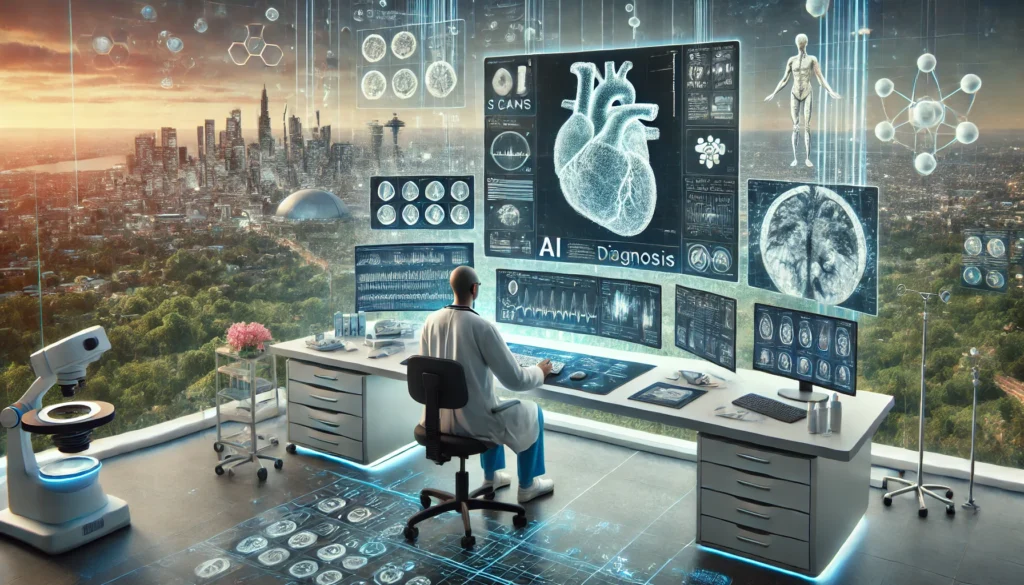
Enhanced Accuracy and Precision
AI-powered systems reduce human error and provide more consistent results. For example, AI has shown significant promise in detecting lung cancer in CT scans with accuracy rates higher than those of human radiologists. This accuracy ensures that diseases are diagnosed correctly, minimizing false positives and negatives.
Faster Diagnoses and Treatment
In emergency settings, speed is essential. AI in disease detection and diagnosis can expedite the diagnostic process, reducing wait times and allowing doctors to start treatment sooner. For critical conditions such as stroke or heart attack, AI can help save lives by providing real-time, accurate diagnostics.
Accessibility and Equity in Healthcare
AI has the potential to make healthcare more accessible, especially in underserved areas. With AI tools, even rural hospitals can provide top-tier diagnostic services without requiring specialists on-site. These tools are also designed to be intuitive, making them usable by healthcare providers with varying levels of expertise.
Cost Efficiency
Automating routine diagnostic tasks helps reduce the cost of healthcare by improving efficiency and resource allocation. With AI, there’s less need for unnecessary tests, and diagnostic tools can be optimized to reduce overhead costs.
Challenges and Ethical Considerations
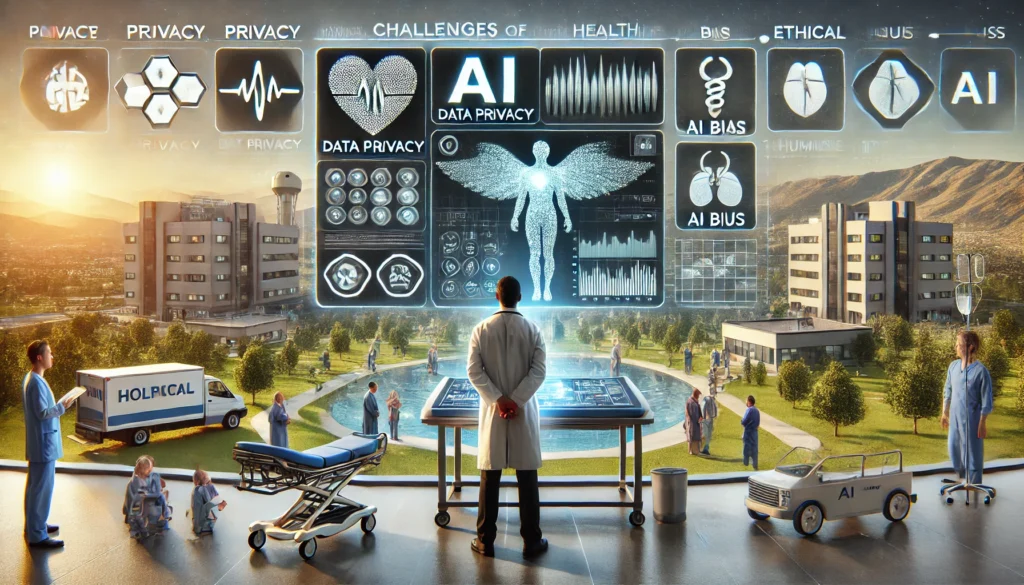
Data Privacy and Security
Storing and sharing sensitive health data raises concerns about data privacy. AI in disease detection and diagnosis requires secure systems to protect patient information. Healthcare providers must adhere to strict regulatory standards to ensure the security of AI-powered tools.
AI Bias and Equity Issues
Bias in AI algorithms is a significant concern. If an AI system is trained on biased data, it may lead to unequal treatment, especially for marginalized groups. To mitigate this, healthcare providers must ensure that AI models are trained on diverse datasets, reflecting the true diversity of patients.
Over-reliance on AI and Human Oversight
While AI is a powerful tool, it is essential for human doctors to remain involved in the diagnostic process. AI in disease detection and diagnosis should complement, not replace, human judgment. A balance between AI capabilities and professional oversight ensures the best patient outcomes.
Regulatory and Legal Challenges
As AI technologies continue to evolve, so must the legal and regulatory frameworks surrounding them. Issues such as accountability for AI-driven errors in diagnosis and the approval process for AI medical tools need to be addressed to ensure the safe and effective use of AI in healthcare.
The Future of AI in Disease Detection and Diagnosis
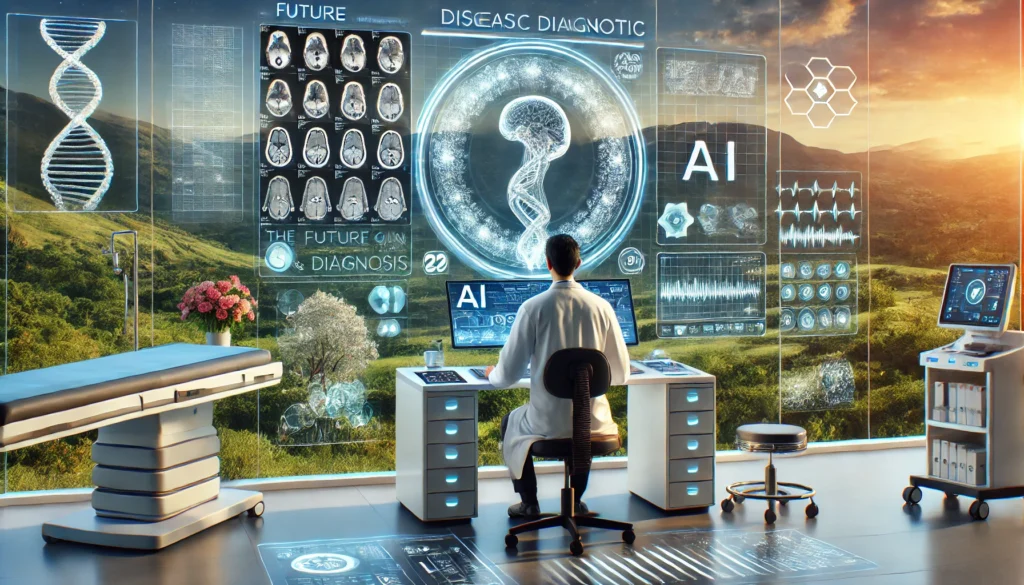
Advancements in AI Technologies
The future of AI in disease detection and diagnosis is bright, with advancements such as autonomous diagnostics, real-time monitoring, and virtual health assistants on the horizon. AI-powered wearable devices and mobile health apps are emerging trends, allowing patients and doctors to monitor conditions remotely.
Integration with Other Emerging Technologies
AI will work in tandem with other emerging technologies like telemedicine, robotics, and the Internet of Medical Things (IoMT). These integrated systems will allow for more accurate diagnoses and streamlined healthcare delivery across the globe.
Shaping Personalized Medicine
AI will continue to drive the evolution of personalized medicine, using data from genetic profiles, medical history, and lifestyle factors to create tailored treatment plans. This will enable doctors to provide precise, individualized care for patients, improving health outcomes.
Global Impact and Accessibility
AI has the potential to transform healthcare systems worldwide. By making high-quality diagnostics available in even the most remote regions, AI can help bridge the healthcare gap in developing countries, improving global access to essential medical care.
Conclusion
AI in disease detection and diagnosis is transforming healthcare by improving accuracy, speeding up diagnoses, and making treatment more personalized. It holds great promise in making healthcare more accessible, especially in underserved areas, while reducing costs and improving patient outcomes. However, ethical challenges like data privacy, AI bias, and the need for human oversight must be addressed to ensure responsible use.
Looking ahead, AI will continue to drive innovation in healthcare, offering new possibilities for predictive analytics, personalized medicine, and automated diagnostics. As technology evolves, AI will play a key role in creating a more efficient, equitable, and proactive healthcare system.
FAQs
1. How is AI used in disease diagnosis?
AI analyzes medical data, including imaging scans, genetic information, and patient histories, to detect diseases like cancer, heart disease, and neurological disorders early.
2. Can AI replace doctors in diagnosing diseases?
AI is a valuable tool that complements doctors’ expertise. While it enhances diagnostic accuracy, human oversight remains crucial for treatment decisions.
3. What are the ethical concerns with AI in healthcare?
Ethical concerns include data privacy, AI bias, and ensuring that AI does not replace human judgment in critical healthcare decisions.
4. How accurate is AI in disease detection?
AI has shown to be highly accurate, often outperforming human doctors in areas like cancer detection through imaging and predicting disease progression.
5. Can AI help in personalized medicine?
Yes, AI analyzes patient data, including genetic information, to create tailored treatment plans that improve patient outcomes and reduce unnecessary treatments.
